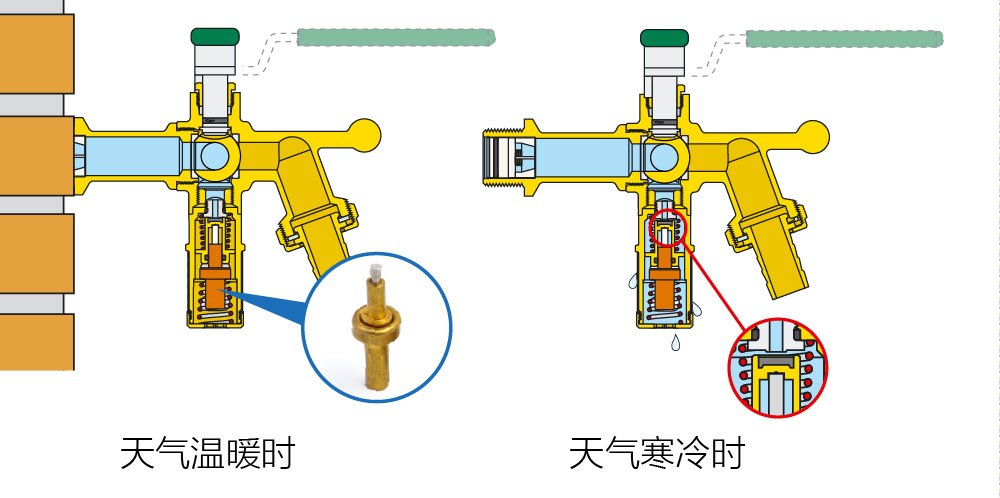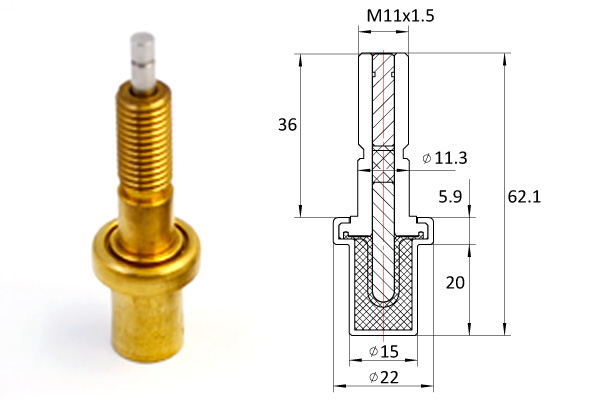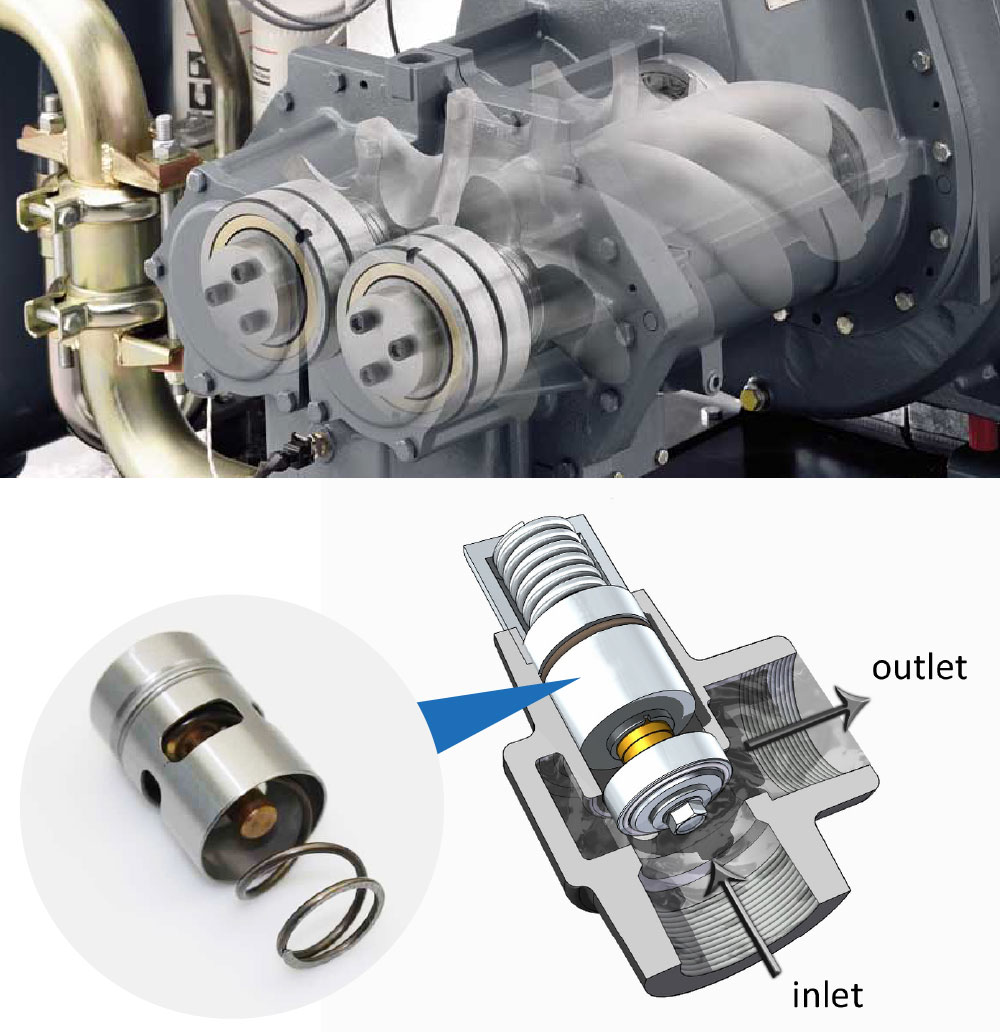In view of the shortcomings of traditional street lamp control system in energy saving and control, a remote wireless street lamp controller is designed in this paper.

Based on the ultra-low power wireless transmission module of ZigBee, the controller integrates a variety of sensors to realize automatic detection of pedestrians and vehicles at night, automatically adjusts the brightness of street lamps when pedestrians and vehicles pass by, reduces unnecessary waste of resources, and realizes the multi-sensor fusion of automatic detection of working status of street lamps. Through the core processor and Zig, the controller can automatically detect the working status of street lamps. Bee wireless transmission module nodes communicate to achieve remote wireless monitoring and control. With the rapid development of China’s economy and the advancement of urbanization, intelligent street lighting system has attracted more and more attention. Especially in the current energy shortage environment, energy conservation has become a common concern of the whole society. China’s Ministry of Housing and Urban-Rural Construction has more clearly demanded the use of advanced technology to improve the level of energy-saving management of urban lighting [1,2]. At present, most of the road lighting in our country adopt single control methods such as “human control” or “time control” [3,4]. Manual control is easy to be affected by the weather. Timely control is easy to cause misoperation such as early opening and late opening due to seasonal and weather changes, which brings many inconveniences to residents’lives. In order to solve the shortcomings of the existing street lamp controller in energy saving and detection, this paper designs a remote wireless street lamp controller. The controller uses infrared detection, brightness detection and other technologies, according to whether pedestrians control the brightness of night street lights, thereby reducing power loss and achieving energy saving. In the system, the current sensor is used to monitor the working state of street lamp in real time, so as to realize the automatic detection of the working state of street lamp, thereby reducing the workload of manual inspection. The street lamp controller has good effect in intellectualization and energy saving. With the diversification of urban lighting development, this intelligent energy-saving street lamp controller will have a broader application prospects [5]. The system mainly consists of ZigBee wireless transceiver module, infrared detection module, illumination intensity detection module and street lamp working status monitoring module. The block diagram of the single lamp controller system is shown in Figure 1. The CC2530 chip produced by TI company is used as the core processor of the system. The illumination brightness is collected by the digital illumination intensity sensor BH1750. When the illumination intensity information is transmitted to the chip, it is compared with the preset threshold to determine whether the street lamp [6] needs to be turned on, so as to reduce the misunderstanding caused by “man-controlled” and “time-controlled”. The controller uses infrared sensors to detect people and vehicles in late night when there is no one or less pedestrians. It reduces the illumination brightness of street lamp and unnecessary loss when there is no one or car. Lighting brightness can be adjusted by the single-conductance of the switching diode to save energy.
Street lamp self-inspection is realized by current sensor, and the test results are fed back to the control center to realize remote fault monitoring, reduce the workload of manual inspection, achieve the purpose of saving power and manpower, and facilitate the lives of residents. ZigBee is a kind of wireless connection, which can work in the 2.4 GHz band which is popular all over the world. It has the highest transmission rate of 250 kbit/s, communication distance of several hundred meters to several kilometers, and supports wireless communication technology of wireless power expansion [7]. Low power consumption: Due to the low transmission rate of ZigBee, its transmitting power is only 1 mW, and the working gap adopts dormancy mode, which further reduces power consumption. According to the experimental test, the ZigBee device can work for up to 6 months to 2 years with only two batteries.
Low cost: The low cost of ZigBee module, a ZigBee module costs about $2.5, and the ZigBee protocol is patent-free, which greatly reduces the cost of system development. Large network capacity: A star-structured ZigBee network can accommodate up to 254 slave devices and one main device, and there can be up to 100 ZigBee networks in a region at the same time, and the regional networking is flexible. In the design of the controller system, the original use of outdoor light intensity to automatically control the opening and closing of street lights. So how to grasp the change of outdoor light intensity in real time and accurately becomes the key of automatic control. There is no doubt that the light intensity sensor is the best choice. The system uses GY-30 light intensity detection module. The core of the system is composed of BH1750 chip with 16-bit analog-to-digital conversion and I2C communication function. According to the principle of thermoelectric effect, the inductor in the sensor adopts winding plated multi-contact thermopile. The surface of the sensor is coated with black coating with high absorptivity.

The hot contacts are on the induction surface, while the cold contacts are located in the body. The cold and hot contacts generate thermoelectric potential. Within the linear range, the output signal is proportional to the solar radiation illumination. When the light in the environment is detected below or above the set threshold, the data is transmitted to the MCU through SDA under the SCL clock for automatic control. Thus, the transformation of street lamp from “man-controlled”, “time-controlled” to “light-controlled” is realized, which avoids the waste of power resources, saves manpower and material resources, is convenient, and conforms to the concept of energy saving and environmental protection. The circuit of illumination intensity detection module is shown in Figure 2. This module is mainly used to detect outdoor illumination intensity. When the illumination value collected is lower than the preset threshold, it automatically turns on the street lamp, thus avoiding the situation that the outdoor illumination intensity is low due to bad weather in the daytime and mistakenly turns on the street lamp, thus realizing the energy-saving control function. In order to improve the automatic control function of the controller and fully reflect the design concept of energy saving and environmental protection, pedestrian infrared detection module is added on the basis of existing “light control”. This module is mainly used to reduce the brightness of street lamp when no pedestrians pass for a long time at night or less pedestrians are detected, so as to achieve the purpose of energy saving. The pedestrian infrared detection module mainly relies on infrared sensors for detection.

Thermal sensor is used in the design.
The core component is thermistor. The processing part is BISS0001 chip with mixed digital and analog. Its working principle is that a Fresnel lens is covered on the surface of the pyroelectric wafer. If someone enters the monitoring range of the lens, the infrared radiation emitted by the human body at a specific wavelength of about 10 um will be detected. Through the optical system, the thermistor will be radiated by infrared radiation. At this time, the temperature rises and the resistance changes. The infrared radiation will be converted into infrared radiation by the processing circuit. Electrical signal output, drive control circuit, in order to complete the detection process. The pedestrian infrared detection circuit is shown in Figure 3. Street lamps will inevitably fail after a period of normal operation. In order not to affect the normal life of the residents, it is necessary to arrange personnel patrols regularly in order to discover and remove faults, which not only wastes manpower and material resources, but also fails to timely understand the fault information.
Combining with the real life and the main causes of street lamp failure, this paper designs a monitoring module for the working status of street lamp. Because the cause of street lamp failure is usually short circuit or open circuit [8], it is necessary to detect the working current of street lamp when designing the monitoring module of street lamp working state. This module adopts ACS712 current detection chip based on Hall induction principle. When the current flows through copper foil, it generates magnetic field. Hall element senses a linear voltage signal according to the magnetic field. Then, after internal amplification and filtering, it outputs a voltage signal. By determining the current flowing through copper foil, it judges whether the street lamp works or not. Normal [9]. If the detected current is greater or less than the preset threshold current, the street lamp is considered to be in abnormal working state. At this time, the street lamp node sends fault information to the control center, realizes remote fault monitoring and saves power and manpower.
The circuit of street lamp working condition monitoring is shown in Fig. 4. The circuit system of the controller consists of CC2530 main control chip, GY-30 illumination intensity detection module, ACS712 current detection module, HC-SR501 infrared detection module, power supply module and rectifier diode street lamp brightness adjustment circuit. The control module and system composition are shown in Fig. 5. The light intensity detection module GY-30 has built-in analog-to-digital conversion circuit, which directly outputs digital signals through SDA pins. The controller compares the collected light intensity values with the preset values to determine whether the street lights need to be turned on or off automatically. The current detection module ACS712 is designed for the automatic monitoring of the working state of street lamps. Its built-in ACS712 chip is the latest linear current sensor introduced by Allegro Company. The device has a precise low bias linear Hall sensor circuit, which can output a voltage proportional to the detected AC or DC current. It has the advantages of low noise and fast response time. When the street lamp is working normally, the current is relatively stable. If the current is zero or infinite, the fault of the street lamp is judged, and the fault information is fed back to the control center to realize the automatic detection of the working state of the street lamp. The infrared detection module HC-SR501 is a passive infrared detection mode. When human infrared is detected, the OUT pin of the module outputs high level. The main control chip detects the level of the pin to determine whether pedestrians have passed through. If no pedestrians or fewer pedestrians are detected for a long time in the late night, the controller uses the street lamp brightness adjustment circuit to reduce the street lamp brightness and save energy. The power supply module converts AC 220 V AC voltage to DC 5 V DC voltage to supply power to the system.
Street lamp brightness control or brightness adjustment circuit consists of relay, triode and rectifier diode. The relay and NPN transistor constitute a common emitter circuit. The base voltage of the transistor is controlled by the pins of P10 and P11 of CC2530, so that the relay can be controlled.
When street lamp is illuminated with normal brightness, relay K1 works and K2 is disconnected; when pedestrians need less brightness reduction at night, relay K1 is disconnected and K2 works. D1 rectifier diode 1N4007 is connected in series in the circuit of relay K 2. Considering that sinusoidal alternating current can be divided into positive half-cycle and negative half-cycle in a cycle, the one-way conductivity of switching diode can be used to reduce the working time of street lamp to 1/2 of the original one-cycle, thus reducing the brightness of street lamp, reflecting automatic control and saving. Design concept of environmental protection. The original design idea of the controller is based on ZigBee wireless data transmission module, using light intensity sensor and relay to control the opening and closing of street lights. However, this control function is too single to meet the needs of modern social development and people’s lives, so on this basis, the pedestrian and vehicle infrared detection module is added. When less pedestrians or vehicles are detected at night, the illumination brightness of street lamps is reduced.

Because when the street lamp breaks down, it needs to grasp the fault information timely and accurately, so it is necessary to monitor the working state of the street lamp in real time. In order to reduce the impact of street lamp failure on residents’lives, a monitoring module of street lamp working status is designed on the basis of existing ones. Write system software and its flow chart according to the need of controller function, as shown in Figure 6. The system first initializes, and then detects the light intensity. The illumination intensity detection is the core of the control system, which controls the working condition of the street lamp and has the highest priority among all the control functions. Only when the illumination intensity is lower than the preset threshold, the control program will enter the street lamp working state detection. If the street lamp fails, the controller will send the street lamp failure information to the control center. If the working state of the street lamp is normal, thermostatic element it will enter the infrared function detection: when pedestrians or vehicles are detected, send instructions to improve the illumination brightness of the street lamp; when there are no pedestrians or vehicles for a long time, reduce the illumination brightness of the street lamp. This paper presents a remote wireless street lamp controller based on ZigBee ultra-low power wireless transmission module. Through hardware and software design, a variety of sensors are used to realize night infrared automatic detection, and ZigBee wireless transmission function is used to realize the communication between the controller node and the control center, as well as remote wireless control and monitoring. Lighting control by setting up ZigBee wireless transmission system in laboratory
